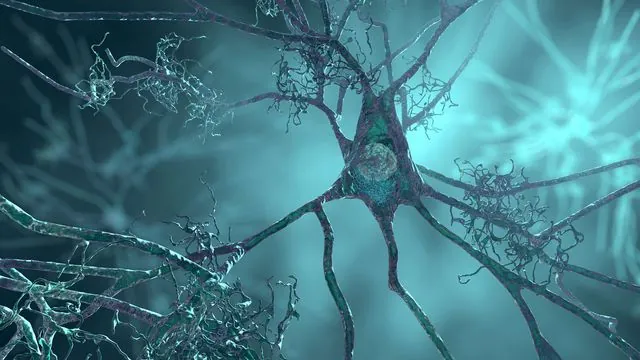
Breakthrough in Brain Research: Newfound 'Master Switch' for Circular RNAs Uncovered!
2025-06-11
Author: Sarah
Deep within the intricate workings of our brain lies a remarkable molecule that defies traditional RNA structures. Unlike typical RNA strands, which are linear, circular RNAs (circRNAs) form closed loops, revealing an enigmatic presence that has fascinated scientists for years. These circular structures are essential for a plethora of brain functions, but their overwhelming numbers in neurons have puzzled researchers—until now!
Revolutionary Discovery by Max Planck Researchers
Researchers from the Max Planck Institute in Freiburg have made a groundbreaking discovery, unveiling a critical mechanism responsible for the extraordinary abundance of circRNAs in the nervous system. Their study pinpoints the protein ELAV as the pivotal 'master switch' driving the production of these essential molecules.
CircRNAs: The Brain's Secret Weapon
CircRNAs are ubiquitous across all forms of life and are produced in distinct patterns across various developmental stages, particularly thriving in the nervous system. Though less studied than their linear counterparts, these circular RNA molecules play crucial roles in brain development, cognitive functions, and even in the pathology of conditions like neurodegeneration and addiction.
The Stability Factor of CircRNAs
What makes circRNAs so special? Their unique ring structure grants them exceptional stability. Unlike linear RNA, which has exposed ends susceptible to rapid degradation by enzymes, circRNAs endure longer, making them perfect for long-term regulatory roles in non-dividing cells such as neurons.
Unlocking the Mechanism: ELAV's Role
In a stunning revelation, Valérie Hilgers and her team conducted experiments on Drosophila embryos and pinpointed ELAV as the central molecule in circRNA production during neuronal development. Removing ELAV from these embryos resulted in a staggering 75% decrease in circRNA production. Conversely, introducing ELAV to cells that usually yield very few circRNAs spurred their formation, highlighting its powerful regulatory capabilities.
How ELAV Works Its Magic
The mechanics of ELAV's influence are just as fascinating. By binding to pre-mRNA—the precursor to mature RNA—ELAV alters the traditional splicing process, favoring a technique called 'back-splicing' that brings the ends of future circRNAs together to form that all-important loop.
Implications for Neuroscience and Health
This groundbreaking research suggests that neuronal circRNAs are not mere byproducts of gene expression; they are meticulously generated to serve critical functions within the brain. Given that proteins similar to ELAV are conserved from fruit flies to humans, it's likely that a similar mechanism regulates circRNA production in the human brain. By manipulating ELAV or its counterparts, scientists may open new avenues for exploring circRNAs' roles in brain health and potential neurodegenerative diseases.
This revolutionary discovery not only expands our understanding of brain function but may also pave the way for innovative therapies targeting circRNA pathways—offering hope in the fight against brain disorders.





 Brasil (PT)
Brasil (PT)
 Canada (EN)
Canada (EN)
 Chile (ES)
Chile (ES)
 Česko (CS)
Česko (CS)
 대한민국 (KO)
대한민국 (KO)
 España (ES)
España (ES)
 France (FR)
France (FR)
 Hong Kong (EN)
Hong Kong (EN)
 Italia (IT)
Italia (IT)
 日本 (JA)
日本 (JA)
 Magyarország (HU)
Magyarország (HU)
 Norge (NO)
Norge (NO)
 Polska (PL)
Polska (PL)
 Schweiz (DE)
Schweiz (DE)
 Singapore (EN)
Singapore (EN)
 Sverige (SV)
Sverige (SV)
 Suomi (FI)
Suomi (FI)
 Türkiye (TR)
Türkiye (TR)
 الإمارات العربية المتحدة (AR)
الإمارات العربية المتحدة (AR)